I just found this image in the book I am studying for Computer Vision (Digital Image Processing by Rafael C. Gonzalez and Richard E. Woods):

The book does not explain how to reach this result, and I was wondering how I could reach the same results on other images.
The context in which I found the picture on the book is "block transform coding with the DFT, WHT, and DCT". The text near the image says:
(a) A 256-bit monochrome image.
(b)–(h) The four most significant binary and Gray-coded bit planes of the image in (a).
Do you know any possible way to reach this weird result?


